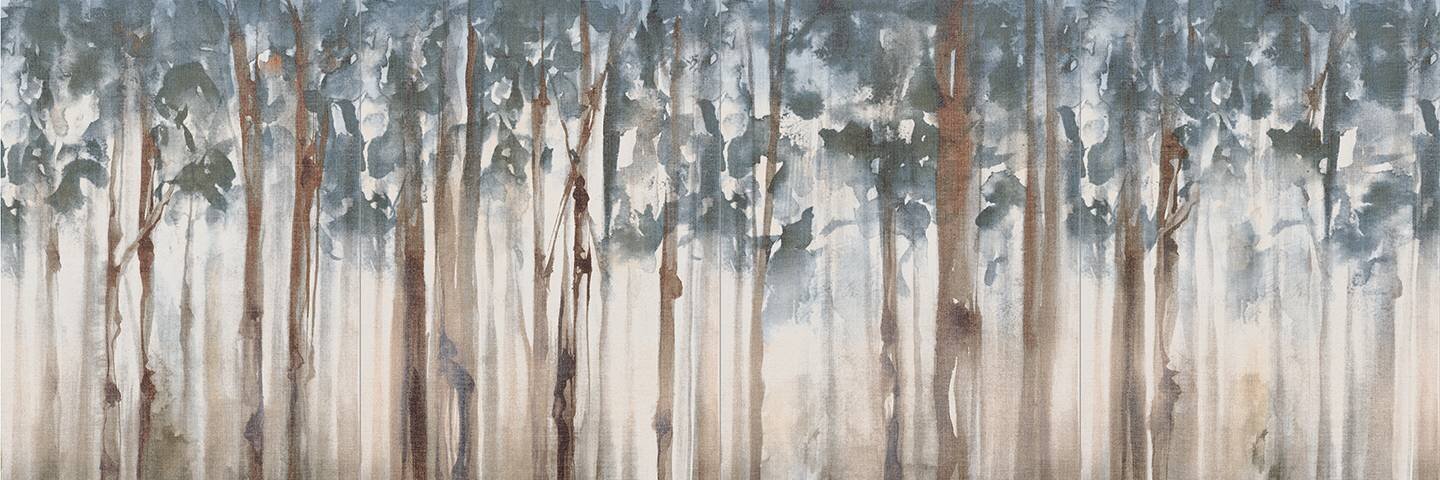A sedimentary rock mostly formed during the Jurassic period by deposits of shells collecting on the sea-bed and being compressed over time.
Shell and fossil patterns are sometimes visible and available in an infinite range of shades, usually from cream through to yellow, but also encompassing white and black.
Shell and fossil patterns are sometimes visible and available in an infinite range of shades, usually from cream through to yellow, but also encompassing white and black.
The geological process that produces the prominent veins and quartz in the surface of marble is called recrystallization. The vivid colors vary depending on the prevalent minerals in the area from which it is quarried.
Very hard and smooth, with a myriad of color tones and markings that are beautiful and mesmerising to look at.
Very hard and smooth, with a myriad of color tones and markings that are beautiful and mesmerising to look at.
The stone is a crystallized form of calcium carbonate, or limestone, deposited by mineral springs and characterised by split pits and holes when first quarried. These are often filled with resin at source. giving the travertine a much smoother and more refined finish.
It has been a signature stone of Italian architecture from the Romans onwards, especially when vein-cut. Travertine has a full range of shades and natural pitting.
It has been a signature stone of Italian architecture from the Romans onwards, especially when vein-cut. Travertine has a full range of shades and natural pitting.
Sandstone
granite
A fine grained rock derived from an original sedimentary rock made of clay or volcanic ash.
The natural, slight undulations in the stone caused by the way it is split when quarried give it instant character. Slate comes in dark colors ranging from blacks to greens.
The natural, slight undulations in the stone caused by the way it is split when quarried give it instant character. Slate comes in dark colors ranging from blacks to greens.
A sedimentary rock made up of compacted grains of sand, bound together by a secondary mineral such as calcite, clay or silica.
Hard wearing, frost resistant and low slip also make it ideal for outdoors.
Hard wearing, frost resistant and low slip also make it ideal for outdoors.
Granite is an igneous rock comprising mineral grains, primarily quartz and feldsparthat are big enough to distinguish with the human eye.
There is no such thing as indestructable , but granite is incredibly hard and durable even in its natural state. Its colors and patterns range from white, pinks and greys.
There is no such thing as indestructable , but granite is incredibly hard and durable even in its natural state. Its colors and patterns range from white, pinks and greys.
Stone Glossary






